Representations of war in Hemingway's work
2311 RON
Disponibilitate: stoc epuizat
Acest produs nu este pe stoc momentan.
Cuprinsul cărţii Representations of war in Hemingway's work
Introduction / 7
Chapter I. Visiting the Commonplaces of Hemingway Criticism: An Inquiry into the Re-evaluation of Hemingway’s Fiction / 24
1. The Historical Perspective and Beyond: Biographical and Thematic Approaches / 26
2. The Genealogy of Hemingway’s Hero in American Literature- The Rule of “Grace Under Pressure”: Psychological and Existentialist Approaches / 28
3. Re-evaluation of the Centrality of War and the Reconfiguration of Hemingway’s Characters: The Gender Studies Approach / 30
3.1. Hemingway’s Male Characters: From Code Heroes to Paragons of Affect / 32
3.2. Empowering Women Characters / 35
Chapter II. Faces of War in Hemingway’s Life and Fiction / 39
1. Relevance of Personal Experience / 39
2. Hemingway as War Correspondent: Intercrossings of Journalism and Fiction / 53
3. War and the Lost Generation / 60
4. Hemingway’s War Fiction / 63
Chapter III. War and the Transfiguring Functions of Memory / 82
1. Warfare, Identity and the Emergence of Aesthetic Memory in Modern(ist) Literature / 84
2. The Stakes of Combat Aesthetics in the Modernist Novel. The Case of Hemingway’s Fiction / 87
3. Memory and Transcendence: “Soldier’s Home” / 88
4. Corporeality, Memory and Cultural Identity: The Sun Also Rises / 93
Chapter IV. War Narratives through the Lenses of Trauma / 102
1. Theorizing Trauma / 102
2. Conceptualizing Trauma / 106
2.1. Emotional and Psychological Trauma / 111
2.2. Childhood and Adult Trauma /115
3. The Role of Trauma in Hemingway’s Fiction /118
3.1. Trauma in the Artist’s Experience /119
3.2. Emotional and Psychological Trauma: For Whom the Bell Tolls / 127
3.3. Psychological Trauma: “Indian Camp,” “On the Quai at Smyrna,” “Big Two-Hearted River” and “Out of Season” / 134
Chapter V. War, Absurdity and Alienation: The Existentialist Hero / 147
Chapter VI. Gendered Wars / 158
1. Jake Barnes and the Code of Masculinity in The Sun Also Rises / 159
2. The Crisis of Masculinity in Hemingway’s Short Stories / 163
3. Warfare Representations of Gender and Warfare / 175
Chapter VII. War Symbolism in Hemingway’s Works / 179
1. War Symbolism in Hemingway’s Short Stories / 182
2. War and Wound Symbols in Hemingway’s A Farewell to Arms / 200
Conclusion / 210
Works Cited / 213
Cuvânt înainte Representations of war in Hemingway's work
This study explores the representations of war in the work of Ernest Hemingway from the interdisciplinary perspective of Cultural Studies, specifically in terms of the complex relationships between history, memory, and representation. At the same time, the study advances a reconsideration of Hemingway’s oeuvre by repositioning it at the juncture between modernism and postmodernism, thus extending a critical stance that has been applied to other authors traditionally lodged in the modernist canon. One such example, which I capitalize on in my research, is the critical work of the recent decades on the writings of William Faulkner. This strand of Faulkner criticism identifies elements of postmodernist avant-garde within the author’s modernist experimentalism. I therefore insist in my own research on the two major coordinates of Hemingway’s writings – his existentialism and his minimalism. While they have been explored by Hemingway critics to some extent, they have been comparatively neglected in systematic analyses of the representations of war. Bridging this gap is, in my view, the main critical contribution of this research.
In tracing the change in attitude towards war throughout Hemingway’s oeuvre, I have structured the study as an attempt to answer a question which has been approached by literary critics only marginally, namely, whether it is possible to speak of a development through time in the representation of war in this author’s writings. And, if yes, what would the characteristics of this development be ?
In considering existing critical studies and biographies but also, in a New Historicism vein, the stories told by official histories, I propose an interpretation of Hemingway’s war fiction from the perspective of identity constructions – that is, by focusing on the ways in which identities are transformed and/or rediscovered depending on war’s effects on individual conscience, first and foremost through the experience of violence. I use psychoanalytical, postfeminist and gender criticism to analyze the severe imbalances or disruptions in the development of personality, the strategies through which the self struggles to cope with tensions generated by the war, survivor traumas, the distinctions between the roles played by combatants and non-combatants in the representations of war and the manner in which the meaning of trauma develops in their respective cases. I also discuss the manner in which the war experience in Hemingway’s fiction is associated to femininity (through the experience of independence, thus turning upside down the existing stereotypes) and to masculinity (through the experiences of intimacy and disability) in a successful bid to offer a positive definition to the individual human being. I trace this re-conceptualization in its chronological development.
Despre autor
Argentina Velea
Te-ar mai putea interesa şi..
Promoţii
Recomandările editurii
Top vânzări
-
Naratiune, Postmodernism, Cinema
Arte si Multimedia
-
Geografia judeţului Bacău. Curs opţional
Geografie
-
Strategii în turism şi servicii
Geografie
-
Cloud-Based E-Learning Tools for Data Analysis
Proceedings
-
George Coşbuc. Consideraţii statistice
Limba si literatura romana
-
Development of ICT Education in Romania
Proceedings
Citatul zilei
Preceptele dreptului sunt: sa traiesti cinstit, sa nu vatami altuia, sa dai fiecaruia ce i se cuvine
Personalităţi
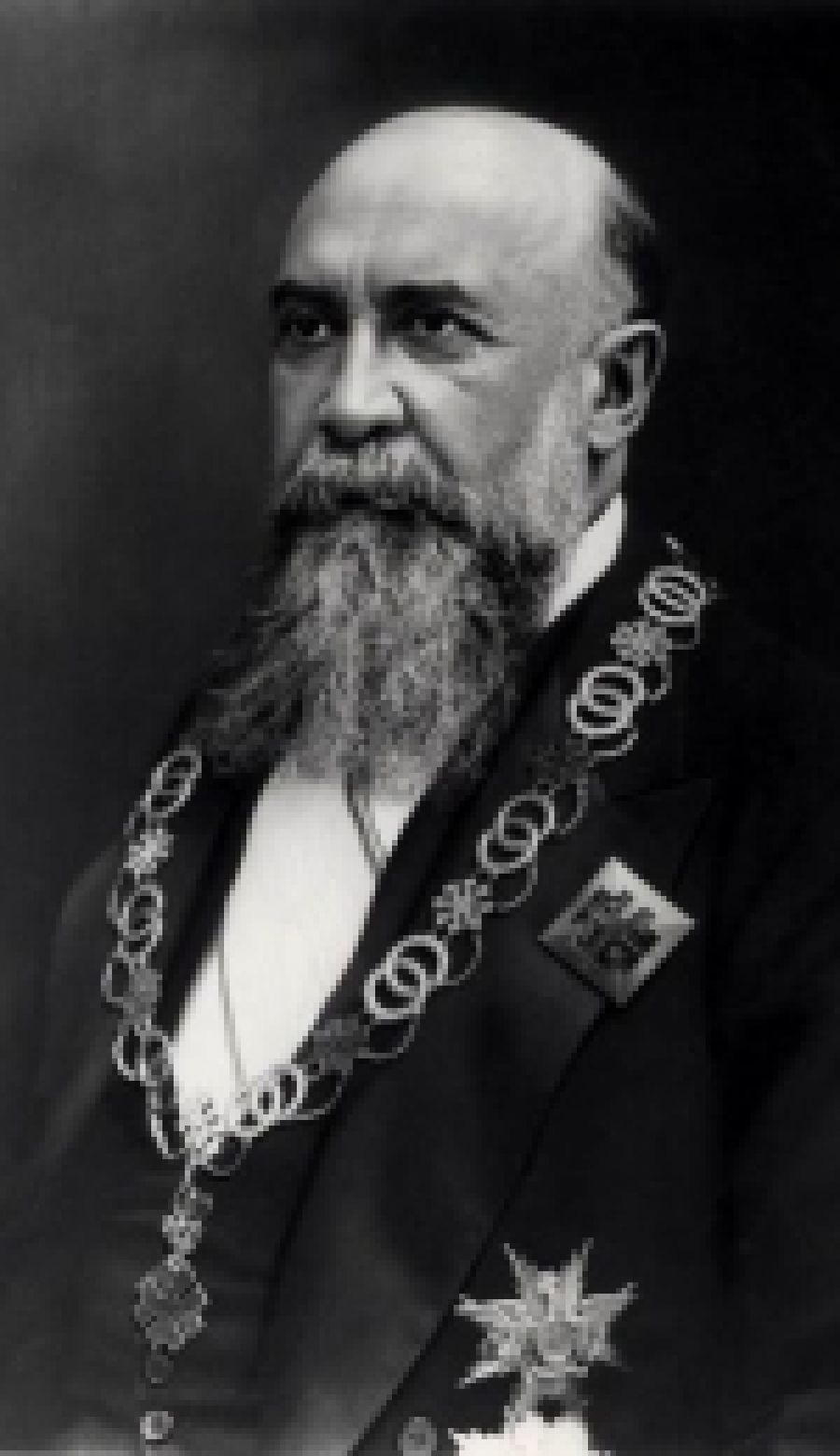 Nicolae Iorga
Nicolae Iorga a fost istoric, critic literar, dramaturg, poet, ministru, prim-minist ...
citeşte mai mult →
Nicolae Iorga
Nicolae Iorga a fost istoric, critic literar, dramaturg, poet, ministru, prim-minist ...
citeşte mai mult →
Interviuri
 ION VIANU
INTERVIU CU ION VIANU
Ion Vianu (n. 15 aprilie 193 ...
citeşte mai mult →
ION VIANU
INTERVIU CU ION VIANU
Ion Vianu (n. 15 aprilie 193 ...
citeşte mai mult →

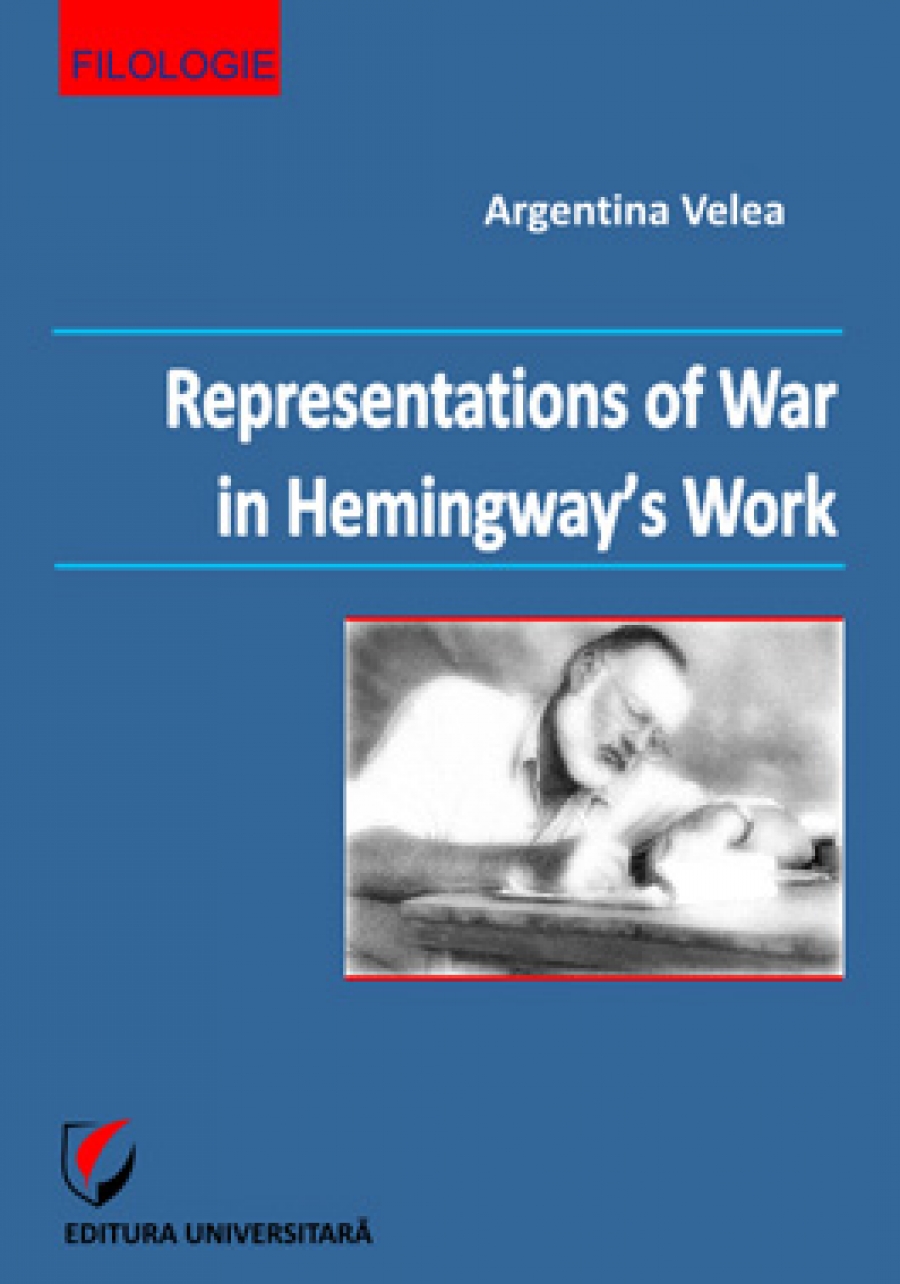
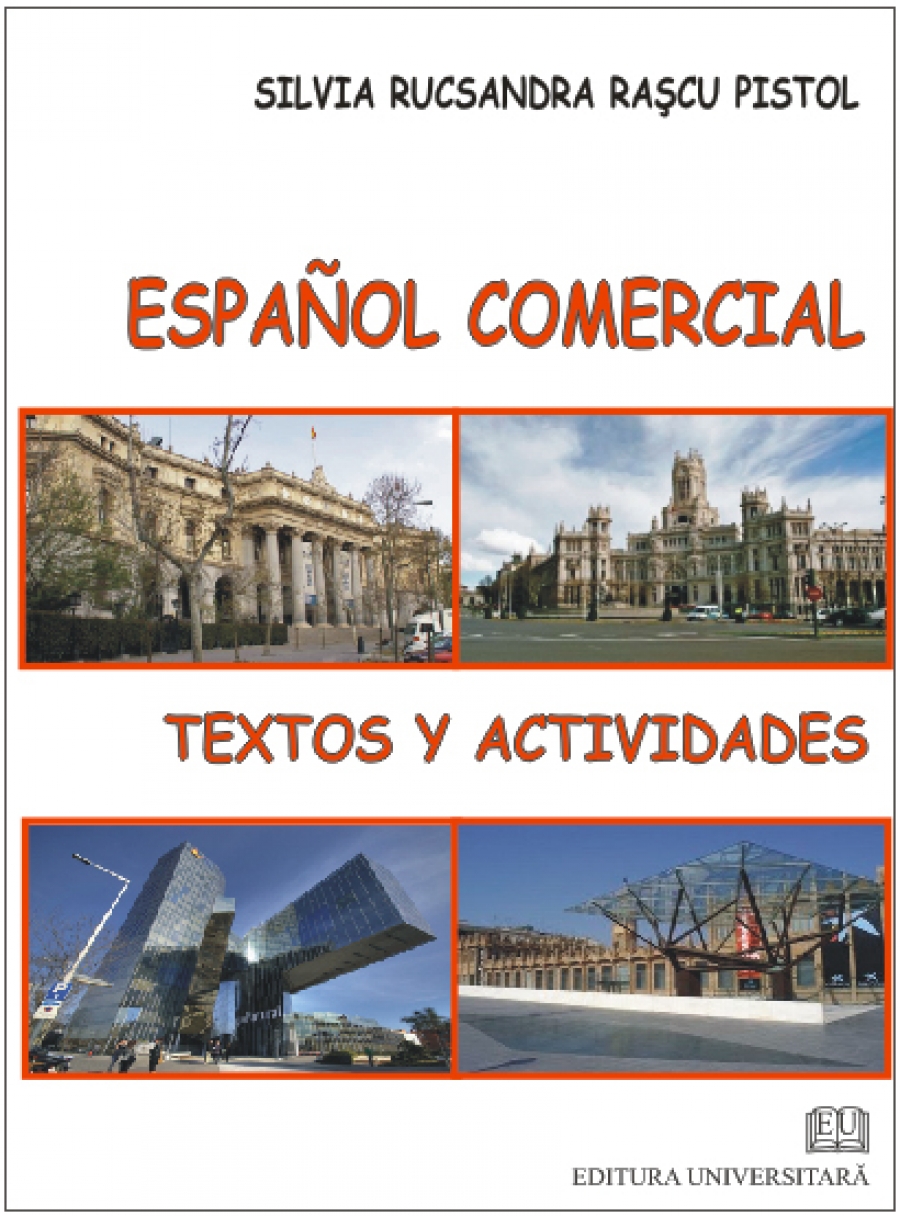
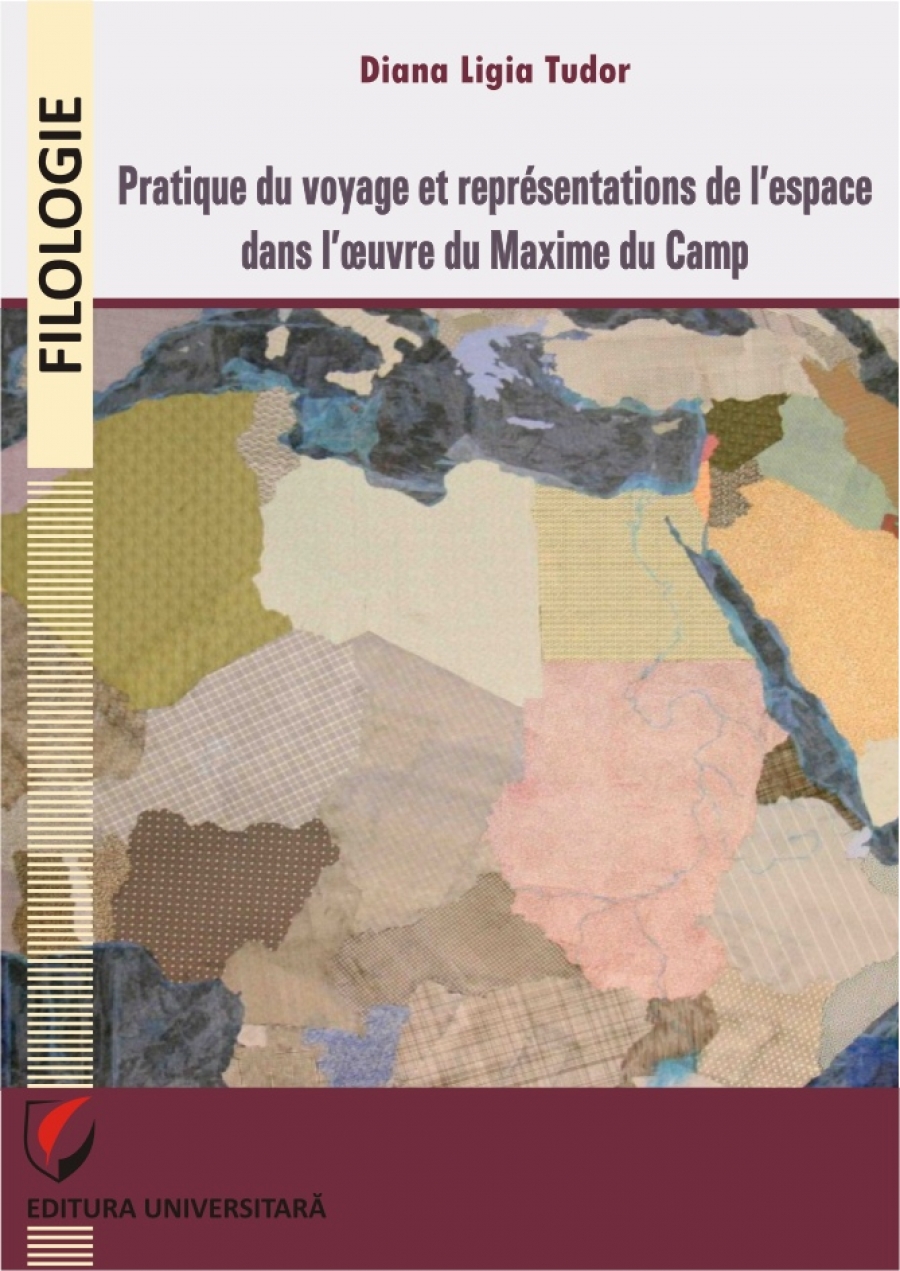
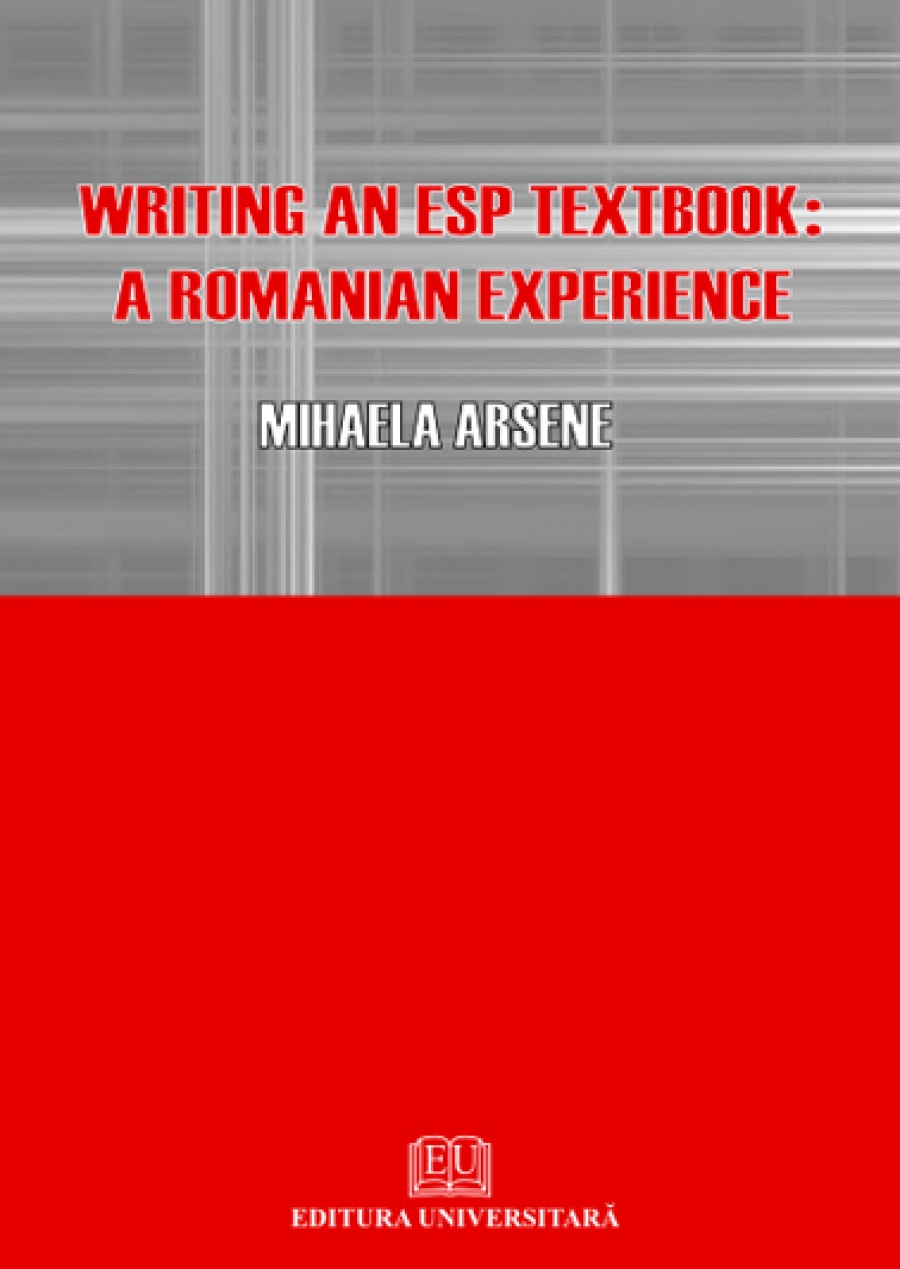
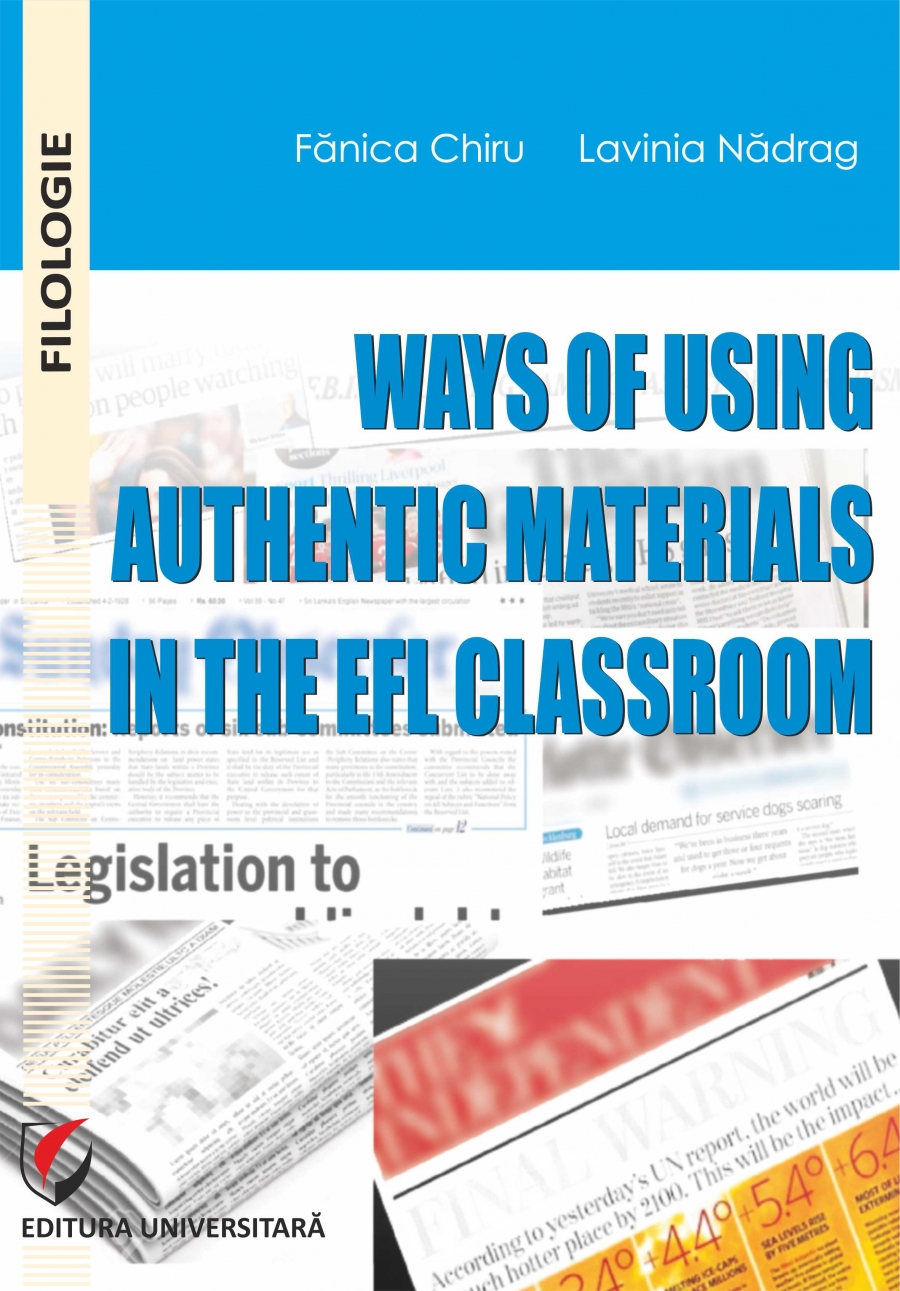
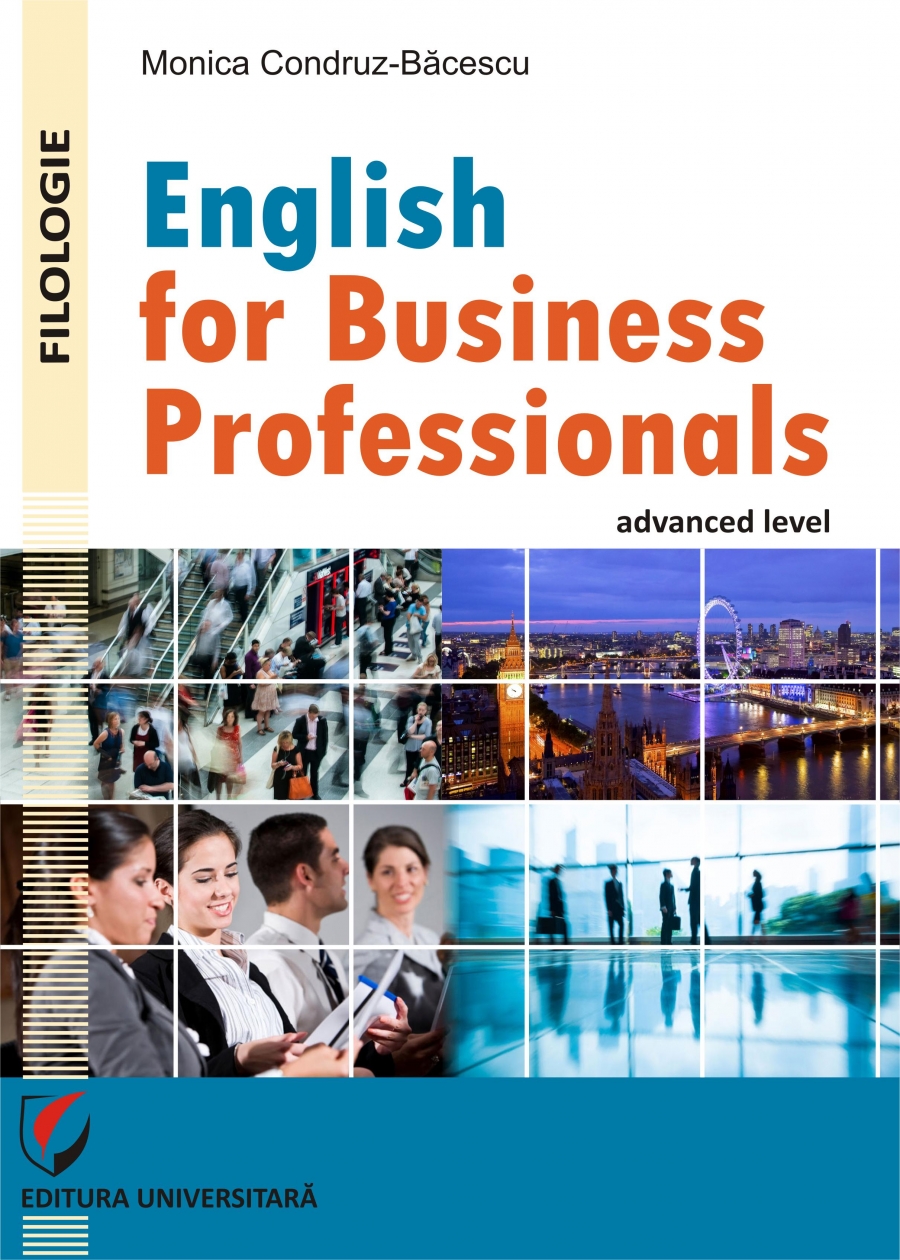
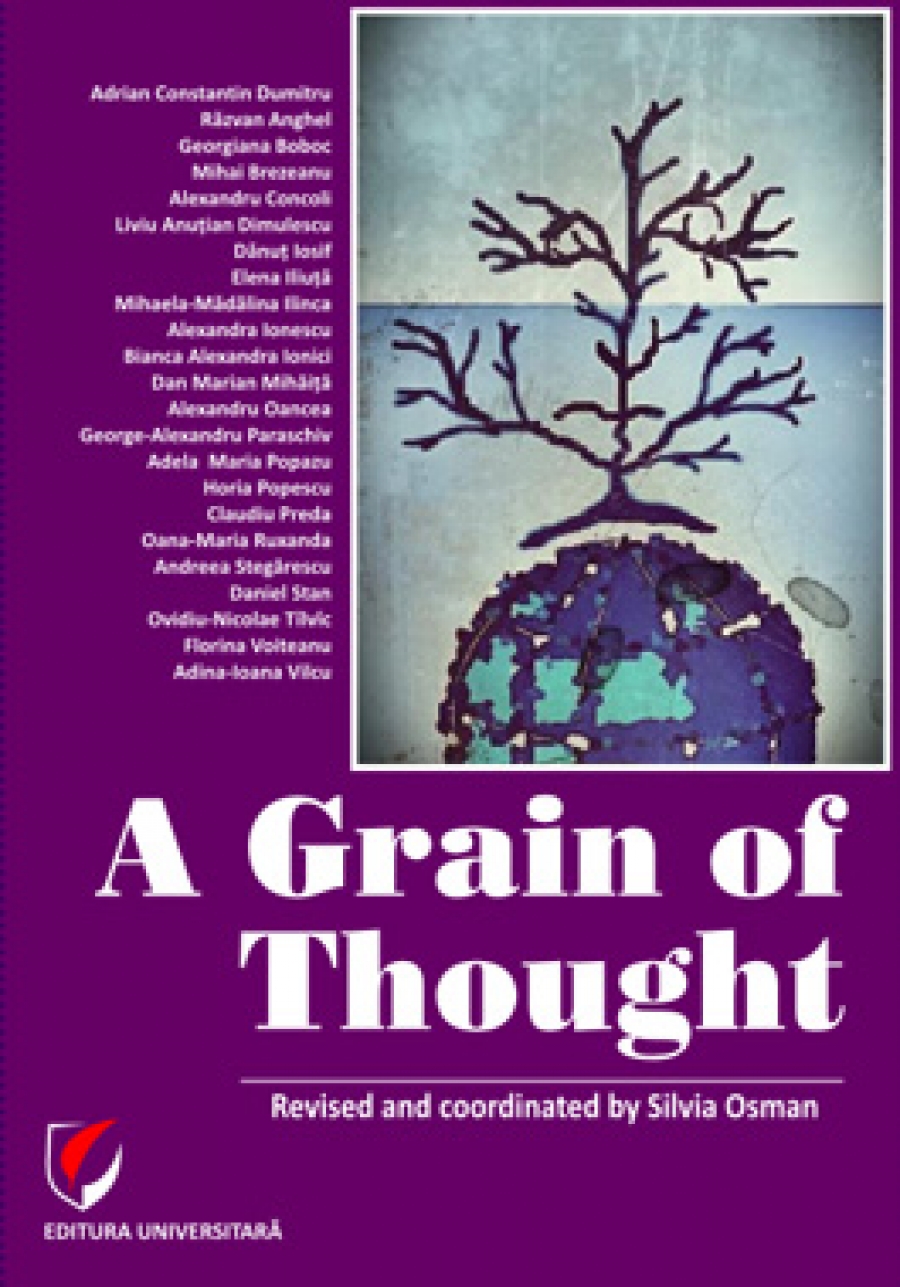
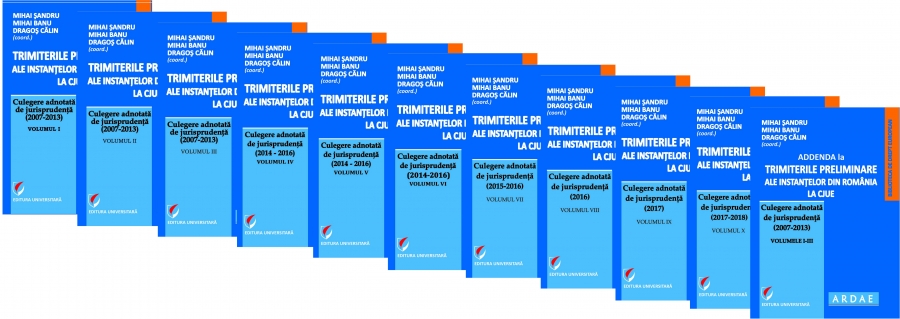
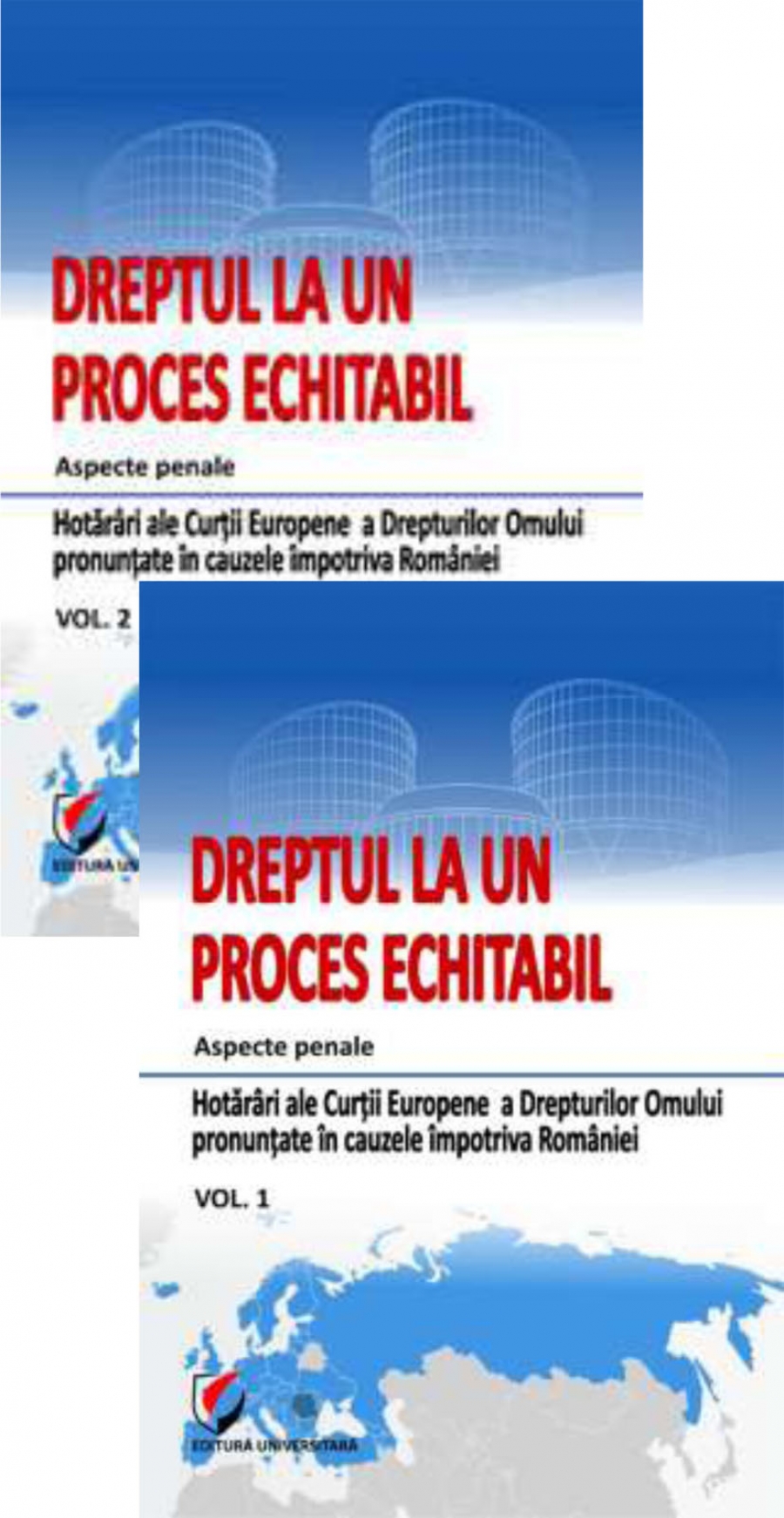
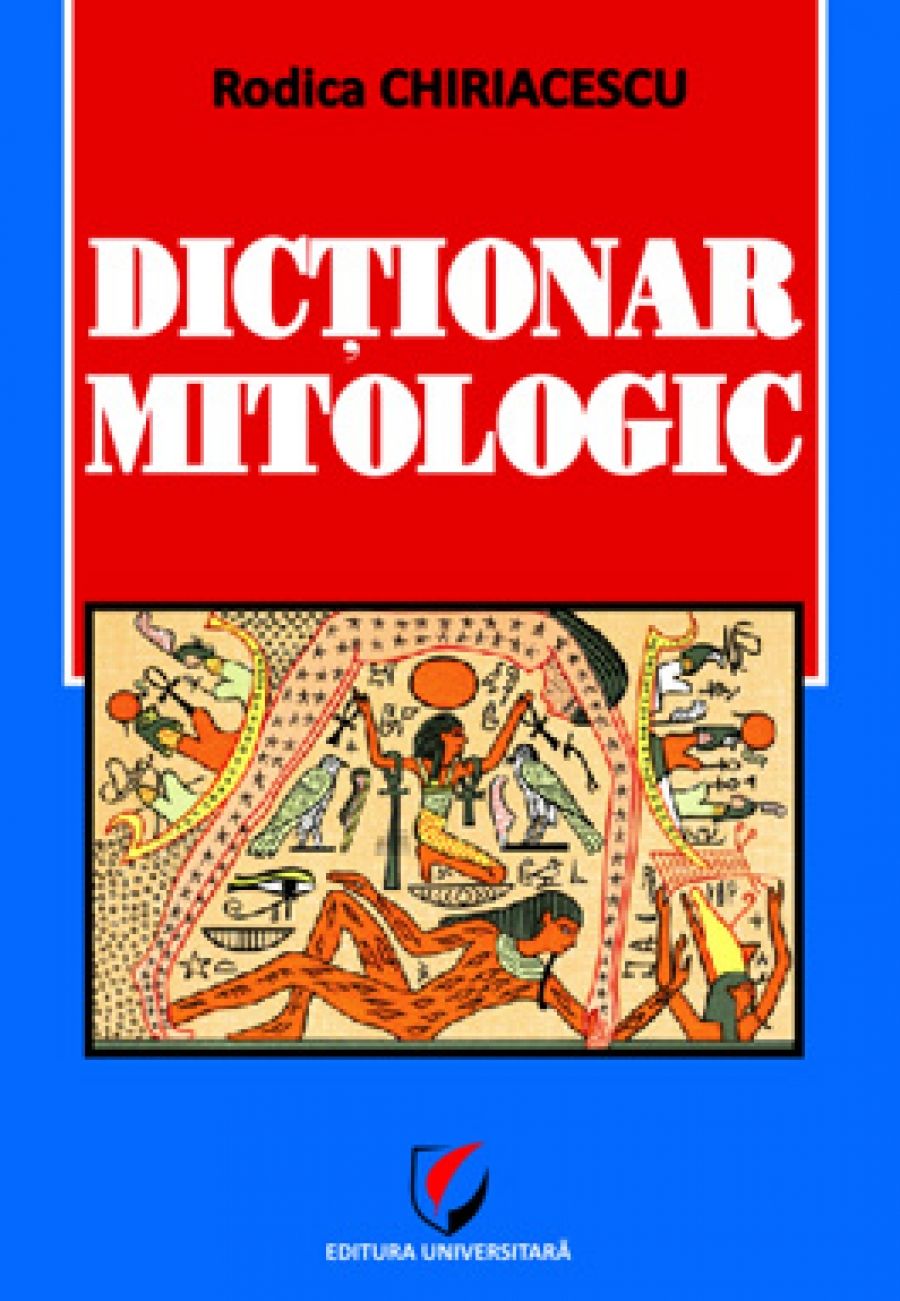
.jpg)